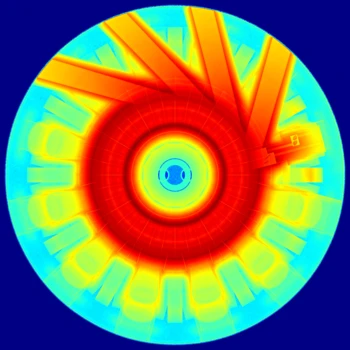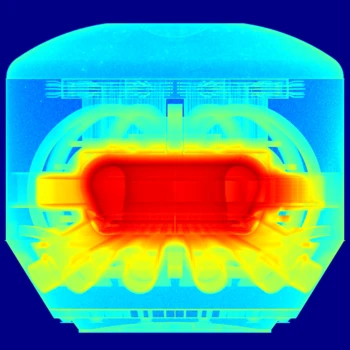The reactor physics of fusion reactors differs strongly from that of fission reactors. Fission reactors can rely on naturally available fissile isotopes. On the contrary, fusion reactors depend on synthetic tritium atoms (half life of 12.3 years), and so more than one tritium atom must be produced per tritium atom fused.
Another difference, is that unlike in fission, the fusion reactions themselves are not directly affected by neutron flux.
Reactivity is the ratio of additional neutrons produced in a successive neutron generation to the current generation in a reactor. This quantity is important in fission reactors because it determines the rate of change of power. As fusion reactions are not initiated by neutrons, but by two atoms fusing, the reactivity feedback does not affect the neutron source rate. Hence there is more flexibility regarding what isotopes are placed in the reactor from a reactivity feedback perspective than in fission which power depends directly on the number of neutrons in the system.
The neutron spectrum has much in common with fast reactors (high epithermal flux, high flux around 1 MeV, but fusion has a unique high 14.1 MeV peak flux. The number of neutrons produced/unit thermal energy released is about a factor of four higher.
We must answer the following questions, how efficient can the neutron economy be made? Can it be used for not only tritium breeding reactions, but additional irradiations that exploit the unique conditions of a fusion reactor? To what extent can neutron sensitive components be shielded?
To answer these questions, the VNS (Volumetric Neutron Source) Tokamak has been proposed. VNS is a concept for a Beam-Target fusion Tokamak. The purpose of the reactor is to study nuclear properties of a fusion reactor, in particular tolerances to high neutron fluences in the fusion spectrum, tritium breeding blankets, and more. Currently work is underway using Monte Carlo codes Serpent and OpenMC to study nuclear reactions that take place in the VNS, and how they can be optimized.

